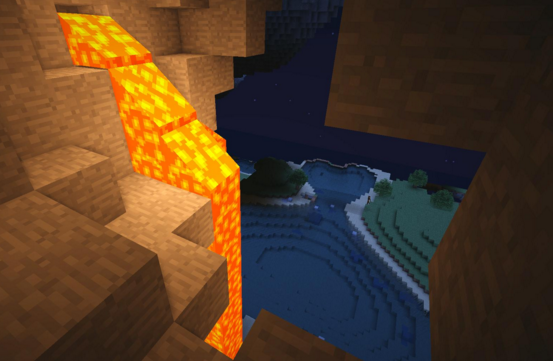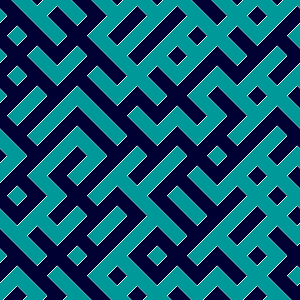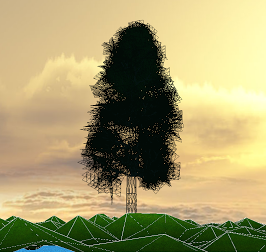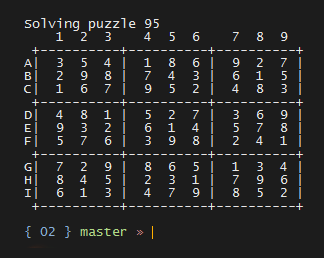
Sitting in my High School dorm room, I became inspired to program a bot to play tetris for me. Somewhere around that time, Tetris Friends had become popular on Facebook and I wasn't very good at it. I ended up playing a lot, trying to figure out what exactly ideal play would look like. What interested me was finding a good enough description that a computer could play using my heuristics. The Tetris bot I created ended up being pretty good (see link). I set it up on Tetris Friends where it climbed the leaderboards to near the top. I'm sure there are better bots out there, but not many of them can read a board and make moves in real time. I had experience working with screen reading from a couple other bot projects I made for other games, but Tetris was probably the most difficult from an AI design standpoint. In the future, I'd love to make my bot learn by itself and perhaps discover some strategies I didn't come up with on my own.

Between 2012 and 2013, I programmed a custom Minecraft terrain generator. It integrated with a modified version of the Minecraft server program known as CraftBukkit. The API allowed modders to plug in a generator class that would provide information about which blocks to generate in any given chunk. AeroGen mod, as I have named it, was rather popular, earning more than 8,000 downloads on the original host site and a few thousand more on others.




